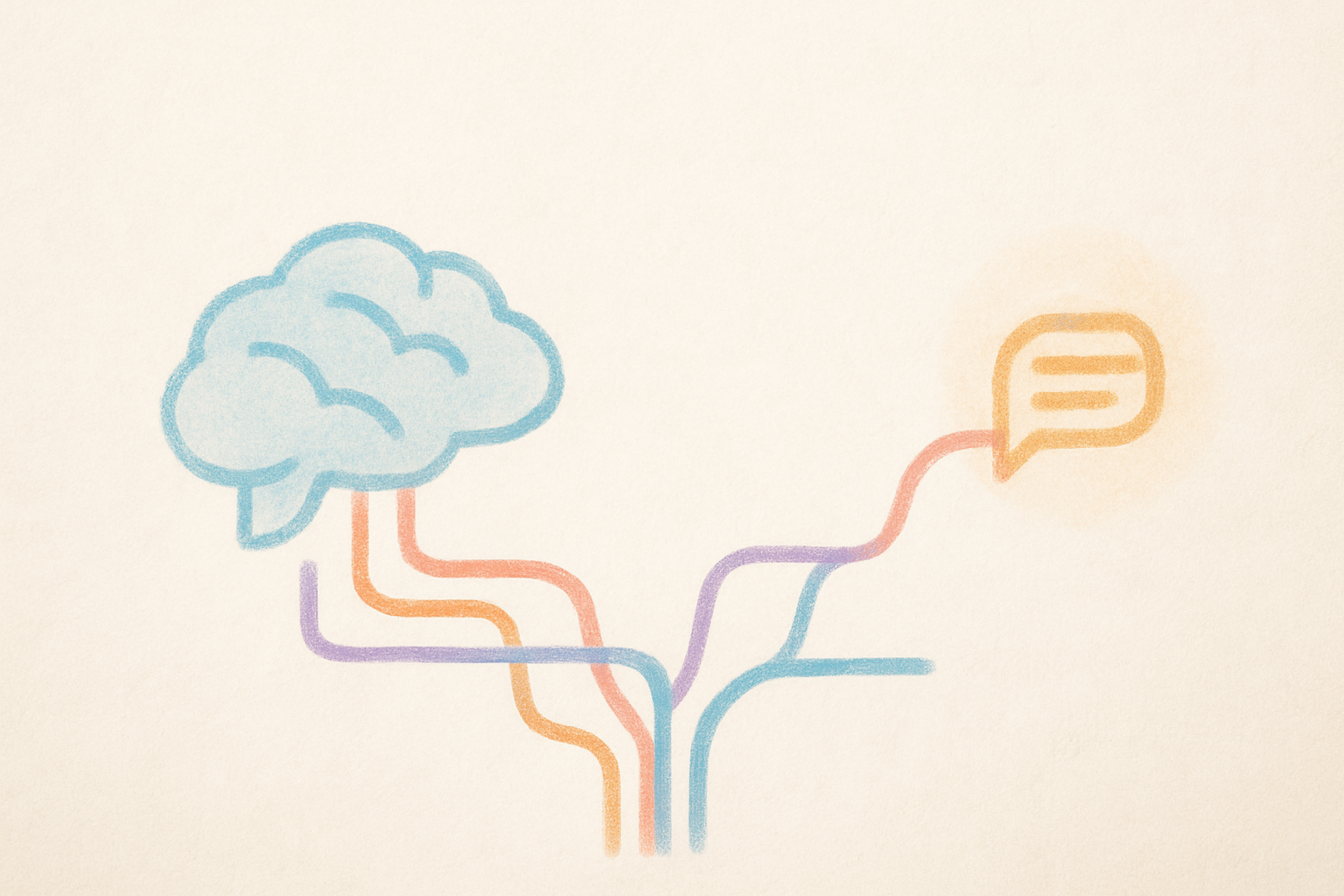Approaching AI as a design leader: starting with a culture of experimentation
Design teams can lead the way on bringing an AI-first mindset to their organization. It all starts with a culture of experimentation. Here are practical ways to making that happen.

This is part 1 of a three part series coming up.
Every leader I talk to in tech companies small and large share a view that design teams have actually been better if not leading the way at adopting an AI-first mindset than their peers in product and engineering.
This is not surprising. AI gives designers more agency to lead in ways than other transformation has done before. Whether it’s easier prototyping, more frequent access to better research, or even easier ways of storytelling and writing, it’s the ultimate set of tools for creative teams.
AI is also putting pressure on teams to do more with less by getting more productive and efficient very quickly. Design teams know a thing or two about doing more with less after a decade of experience.
However, even doing all of that could still mean a design team adopting an AI-first mindset can still be in the passenger seat for the ride of a lifetime.
It doesn’t have to be that way.
This is a moment where design teams can lead or c0lead the way. Context matters here so this isn’t a recipe for all but it is a recipe for many.
This is one of three part series on the ways design leaders can approach transformation their teams in an AI-first world. The three parts will be:
- Leading the way on a culture of experimentation driven primarily through prototyping, trying tools, and experimenting with approaches.
- Delivering small miracles at 10x the speed and the ways these miracles help set the pace for how transformative this could be for the experience.
- Leading the way with a customer journey built with an AI-first lens that can help shape the end to end experience for customers at the same time it shapes the way teams internally work to get there.
Let’s start with leading the way with a culture of experimentation.
If you consider the speed at which AI is moving, keeping up is a challenge of its own. It’s not just about keeping up with what’s trendy, it’s also about keeping up with the evolution of design patterns, tools that help propel an organization’s ability to move fast and deliver to customers, and keeping up with the changing expectations of customers themselves around AI-first experiences.
I plan to publish parts 2 and 3 of this series on approaching AI as a design leader. The best way to stay up to date is to subscribe here.
The key here isn’t to try and limit or standardize, it’s actually to focus more on how you enable teams to constantly learn and experiment. In Design, we’re often used to separating divergence from convergence on a solution. In this one, it’s just a repeated cycle on weekly basis of diverging and converging on tools, new ideas, and new prototypes.
This is a change of pace for most design teams in particular. Not because design teams are slow by nature but because transformations like this in user experience patterns don’t often happen at this speed and because design teams have been taught historically to focus more on standardization whether in the tools they use (Sketch era then the Figma era but not both in the same org at the same time) or in experiences (Design Systems ruling the way).
No standardizing doesn’t mean shipping anything to any customer at any time. In fact, in the early parts of transforming an org it’s less about what you ship and more about how willing you are learn as an organization.
The three key elements of this is:
- Setting expectations. This may be obvious but it’s often ignored in large orgs. When transformations like this happen, the shifting expectations are often unspoken changes. All of a sudden the org is moving in a different direction at a different pace. It takes longer to bring people along when they don’t actually realize you’ve changed the address in the GPS. The key expectation here is: we want you to experiment more, we want you to prototype as a key part of your process, and we want you to try to keep up with the changing landscape of AI to learn emerging patterns. We want you to be at the edge of this transformation and we want you to be a part of it.
- Making it easier to try new tools. One of the biggest obstacles in large orgs is the ability to try new tools often. This is often okay even if frustrating because new tools emerge relatively slowly and by the time they’re popular enough, going through a month or two of procurement to get to pilot it isn’t that big of a deal. That’s not true for AI. Within a month a tools move in or out of favor or completely shifts the experience. Startups are appearing out of nowhere transforming complete workflows from how you test experiences, how you prototype them, and how you build them. Your choice may be to say: “we’ll wait for what becomes popular and land on that” but that’s a tough choice to make because part of the learning is the ability to be part of the journey of seeing these tools evolve. This is a tough task for most design leaders but you need to figure out a way to influence internal teams to create a fast track of tool piloting for designers to enable them to try new tools quickly. This doesn’t mean skipping security or privacy but it does mean being flexible in allowing designers to pilot new tools for a set period before deciding on landing on a few.
- Try these tools together and share the learnings often. There are multiple ways to do this and design teams are often good at this but because you’re encouraging experimentation and because that means different people will be trying different tools at different times to do different things with varying levels of success, it’s super important that learnings are shared. One of the best way to do this is frequent hackathons and design sessions. Hackathons allow teams to pick a tool (say Replit or Loveable) and then doing a few hours of a hackathon to see what’s possible. The beauty with AI is that you no longer need a week to come up with something good. Two or three hours could make a huge and fundamental difference in both your learning and ability to drive impact. There is also sharing learnings publicly with the team. One of the best ways to do this is to bring designers together weekly to share the best example of AI-first experiences in the wild, regardless if they’re in your field. It’s a great way of learning what’s out there and collectively staying at the edge of this transformation.
There is a lot more to do but structuring your focus this way as a team enables everyone to come on the journey. It also transforms how design is seen as leading the way on AI transformation in your org.
My Name Is Jehad Newsletter
Join the newsletter to receive the latest updates in your inbox.

